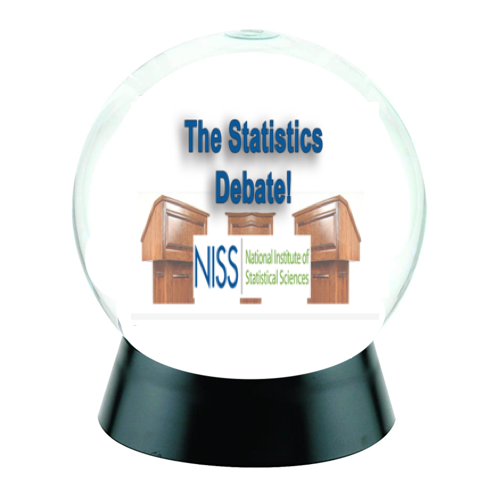Stephen Senn
Consultant Statistician
Edinburgh, Scotland
A Diet of Terms
A large university is interested in investigating the effects on the students of the diet provided in the university dining halls and any sex difference in these effects. Various types of data are gathered. In particular, the weight of each student at the time of his arrival in September and their weight the following June are recorded.(P304)
This is how Frederic Lord (1912-2000) introduced the paradox (1) that now bears his name. It is justly famous (or notorious). However, the addition of sex as a factor adds nothing to the essence of the paradox and (in my opinion) merely confuses the issue. Furthermore, studying the effect of diet needs some sort of control. Therefore, I shall consider the paradox in the purer form proposed by Wainer and Brown (2), which was subtly modified by Pearl and Mackenzie in The Book of Why (3) (See pp212-217). Continue reading














